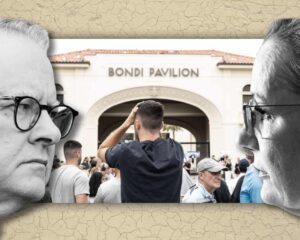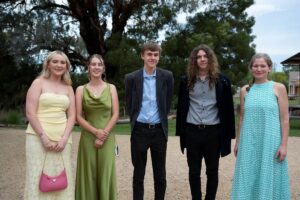
Advancements in quantum physics have revealed that nonlocality may be inherent in identical particles, according to recent research by Polish scientists. The study, published on November 6, 2025 in the journal npj Quantum Information, demonstrates that particles of the same type—such as photons or electrons—exhibit nonlocal behavior that can be observed experimentally across a wide range of states.
The research, conducted by theorists from the Institute of Nuclear Physics of the Polish Academy of Sciences in Krakow and the Institute of Theoretical and Applied Informatics in Gliwice, explores how the indistinguishable nature of identical particles leads to observable quantum nonlocality. This phenomenon suggests that all particles of the same type are entangled, regardless of their physical separation, which could even include those located in distant galaxies.
This groundbreaking understanding is rooted in a fundamental principle of quantum mechanics: particles of the same type are inherently identical. The implications of this finding raise intriguing questions about the nature of entanglement and whether it is possible to manipulate quantum theory to access this entanglement resource.
Dr. Pawel Blasiak, a key researcher in the study, emphasizes the challenge posed by identical particles. Unlike distinguishable particles, which can be labeled and measured independently, identical particles cannot be individually identified. Dr. Blasiak states, “Quantum mechanics is clear: identical particles are indistinguishable by their very nature. In practice, we do not measure ‘this particular’ particle, but ‘some’ particle at a given location.”
Exploring Quantum Nonlocality
The concept of nonlocality challenges classical intuitions about causality and locality. It suggests that events can be interconnected in ways that transcend traditional spatial constraints. This notion was popularized by Northern Irish physicist John Stewart Bell, whose work demonstrated that certain experiments involving entangled systems could not be explained within a local framework.
Dr. Marcin Markiewicz, co-author of the study, elaborates on the implications of this research: “This seemingly subtle difference introduces new ground rules for describing the world: it requires the symmetrization or antisymmetrization of the wave function in systems with multiple particles.” This principle differentiates between fermions and bosons, two fundamental classes of particles that underpin atomic structure and interactions.
The researchers also point out that indistinguishability complicates the concept of entanglement itself. In the context of identical particles, entanglement behaves differently than what is typically understood, presenting a significant challenge in studying nonlocality.
Contemporary experiments on entanglement often create it artificially through interactions. However, this study proposes that entanglement—and potentially nonlocality—may arise directly from the identical nature of particles. This suggests that nonlocality could exist even between particles that have never interacted.
Experimental Insights and Future Directions
The Polish physicists aimed to determine if nonlocality could be demonstrated using simple linear optical elements such as mirrors, beam splitters, and particle detectors. They sought to establish whether Bell’s inequalities could be violated under conditions where particles do not meet, thereby suggesting that nonlocality is a fundamental characteristic rather than a product of experimental interactions.
Their research led to a surprising conclusion: all fermionic states and nearly all bosonic states exhibit nonlocal properties. The study provides a constructive proof detailing how to design optical experiments to reveal the nonlocality of a given state.
Dr. Blasiak reflects on the broader implications of their findings: “Our research reveals that the very indistinguishability of particles hides a source of entanglement we can access. Could nonlocality, then, be woven into the fabric of the universe itself?”
This inquiry into the nature of reality and quantum mechanics continues to resonate within the scientific community. Renowned physicists such as Charles W. Misner, John A. Wheeler, and future Nobel laureate Kip S. Thorne have acknowledged the profound mystery of particle identity, asserting that no satisfactory explanation has yet been presented.
As researchers delve deeper into these fundamental questions, the exploration of nonlocality and the identity of particles promises to inspire further inquiry in the decades to come. The ongoing investigation into this mystery may eventually lead to a deeper understanding of the universe and its governing principles.







